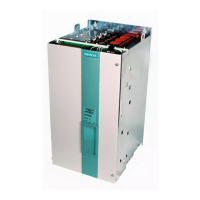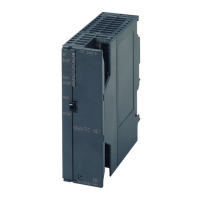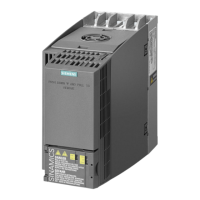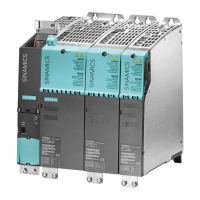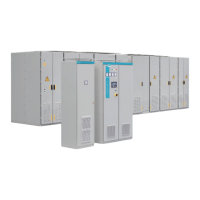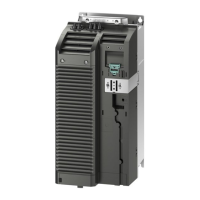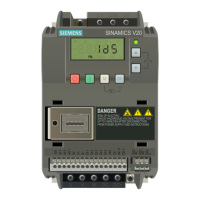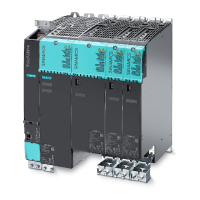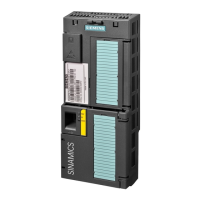09.2008 Communication / PROFIBUS
Siemens AG 6SE7087-6QX70 (Version AK)
SIMOVERT MASTERDRIVES Compendium Motion Control 8.2-93
Clock synchronous monomaster operation (main application case)
With this operation the drives make high demands on time synchronism
at the bus. Through an isochronously transmitted global control the
master class-1 (e.g.SIMOTION) passes on clock pulse information to the
slaves (MASTERDRIVES), which synchronise themselves with this
pulse.
PLC, NC, PC
PU, OP
DPM1 (DPM2)
Clock
pulse
n
set
n
act
D
R
I
V
E
Slave
M
G
Clock
pulse
n
act
D
R
I
V
E
Slave
M
G
n
act
x
act1,2
x
act3,4
G
PROFIdrive drives (new)
e.g. synchronous closed-loop speed
control
PROFIBUS-DP
n
set
D
R
I
V
E
Slave
M
G
Pos.
select
set
Pos.sel.
act
n
act
D
R
I
V
E
Slave
M
G
PROFIdrive drives
Closed-loop speed
control
Positioning
A
I / O
Slave
E
other I/O
Fig. 8.2-30 Clock synchronous monomaster operation (DPM1)
The times for the setpoint transfer and actual value recording of the
slaves and the time of the control by the higher-level master can take
place through time parameters. The time parameters relate to the clock
pulse.
In the DP cycle there must be sufficient time for the following
communication elements:
♦ cyclical data exchange with all slaves on the bus
♦ a non-cyclical data channel (DPV1)
♦ telegram repeats
♦ diagnosis request
A local control device (PU, OP) at the DPM1 must communicate with the
slaves via the DPM1 master.

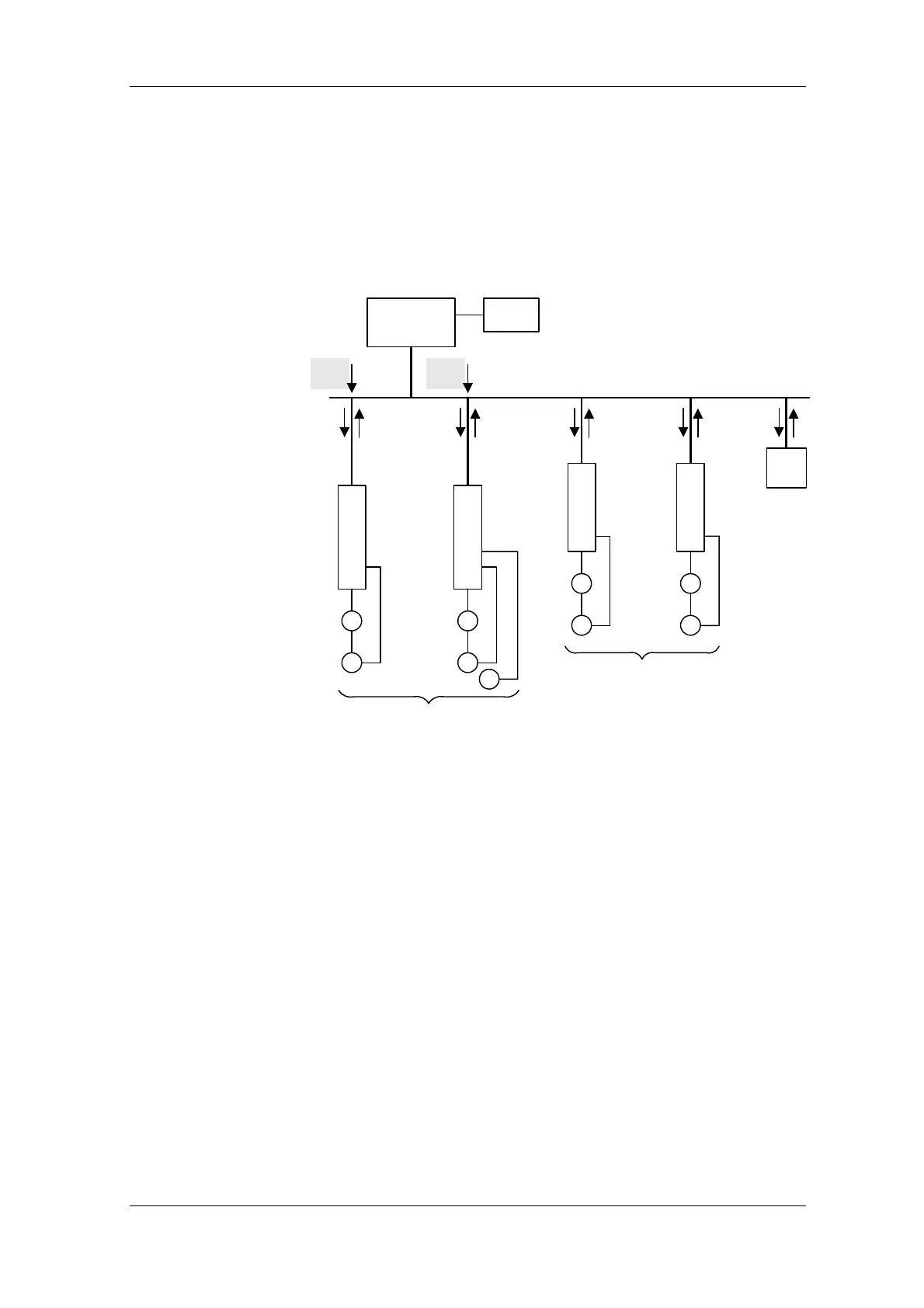